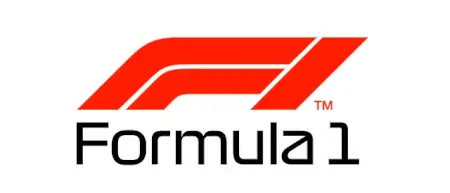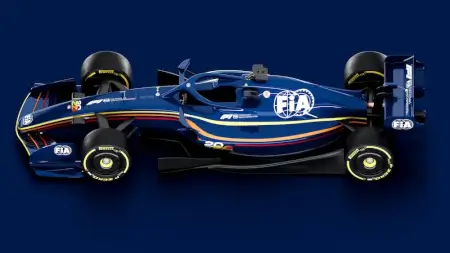March 5th 2023
New graphics, helmet cams among F1 broadcast updates
Formula 1 fans will be treated to helmet camera views from all 20 drivers at some stage during this season, as well as multiple new graphic options. (Note: The images shown here are prototypes and do not necessarily reflect the final implementation).
Helmet cameras have been utilized more frequently in recent years but F1 was limited by only Bell helmets being homologated by the FIA to be used, meaning only drivers that ran that brand could be selected. Now all 20 drivers’ helmet suppliers have been approved for use, meaning every option is available to F1 to broadcast, although only up to eight per race are likely to be usable live due to bandwidth restrictions.
There will also be further developments with pedal cameras to show the workload drivers have within the cockpit, with the target of showing both the footwork as well as the steering wheel inputs simultaneously.
“We decided ‘let’s do more in the cockpit’ because it’s the one area we don’t see,” F1’s director of broadcast and media Dean Locke said. “I’m very jealous of MotoGP, that you see those riders doing everything on the bike. So how can we see more of the bit we don’t see, which is in the cockpit basically … They’re doing a lot in there, and how can we get that?”
After the successful implementation of driver tags last season with onboard cameras including the name of the car in front and live distance between the two, F1 is also set to implement similar technology from trackside and helicopter cameras to help display how battles are ebbing and flowing. This is likely to extend to pit stops from aerial shots, showing the positioning of drivers and gaps closing.
New “Alert” graphics are also set to be introduced that will provide quicker updates than race control messages when drivers leave the track or spin, especially when replays are being played out or race action can’t be cut away from.
Further changes to graphics have been approved to try and provide more information on screen, as well as increasing engagement from viewers by highlighting strategic dilemmas and asking fans to choose what they think a team or driver should do in real-time. Many of the graphics are in the proof of concept stage and will be launched at different points in the season.
“We’ve got this huge growth in new fans… So it’s how do we really entice, encourage and embrace those sort of fans but not alienate our hardcore, diehard F1 fans? To be honest that’s been a battle graphically for years and years.
“I think we were really scared about alienating our entrenched fans, but I think we’re finding this really good middle ground. It’s not about celebrities on the grid necessarily, but I get this from broadcasters sometimes who say, ‘Oh you cut away from that battle to the crowd.’
“We’re really lucky that we have these incredible environments. Stadium sports are really easy to film, but they all look fairly similar. We want people to tune in and go, ‘Oh, we’re in Bahrain, we’re in Abu Dhabi, we’re in Vegas.’ You know where we are.
“You can’t just do car, car, car, track, track, track. We have to be incredibly careful about cutaways, because sometimes we do get it wrong, but it is about showing the event.”
While bandwidth and weight limitations mean there are only a select number of cameras that can be providing live feeds during a race, further focus is being given to being able to get footage from the other cameras more quickly to allow extra angles to be shown during live broadcasts rather than after race weekends.
For more information: www.racer.com
For more information: www.racer.com













